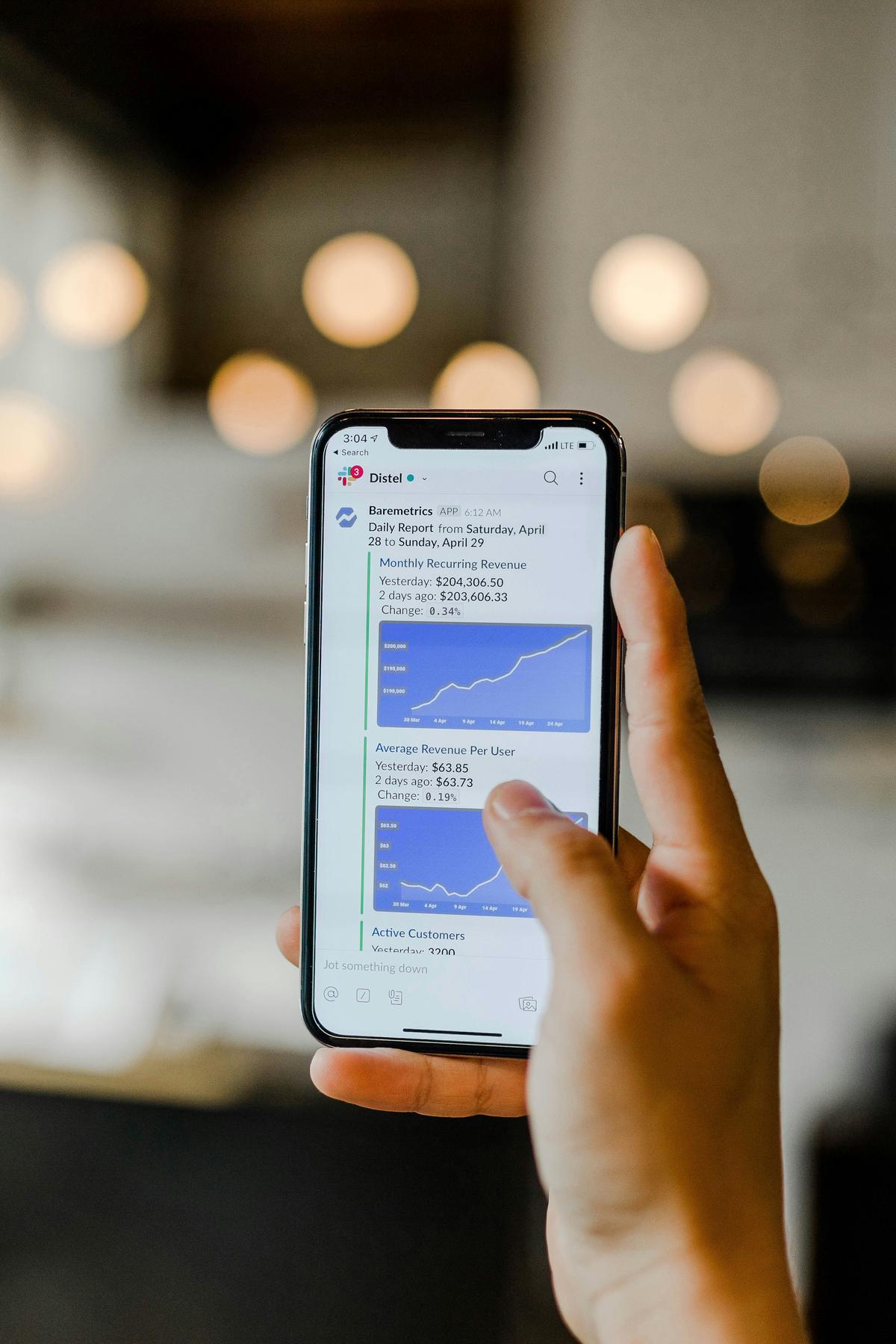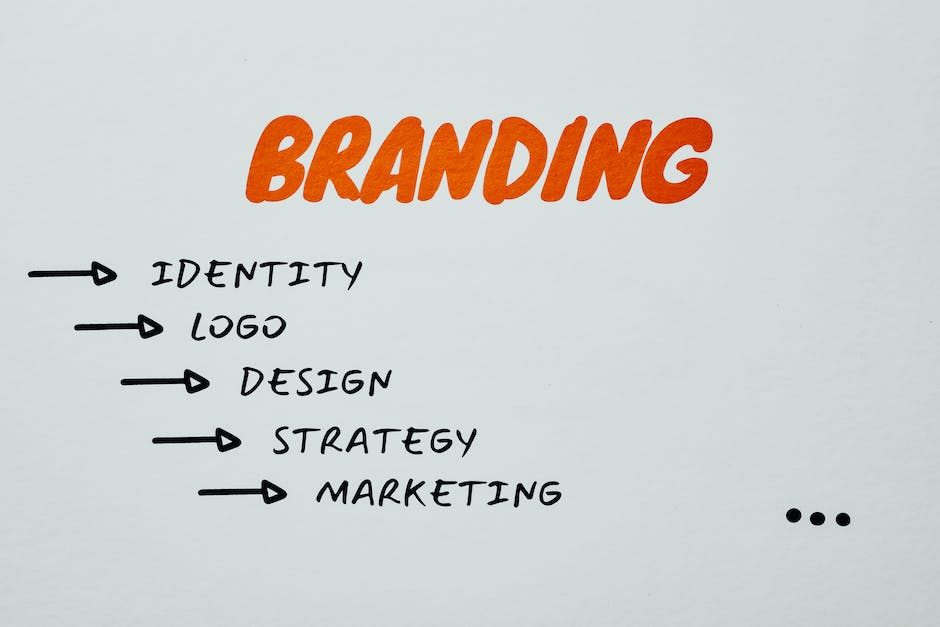Contents
Defining B2B and B2C Markets
B2B and B2C markets, terms often found in marketing textbooks, where B2B stands for Business to Business, and B2C stands for Business to Consumer.
B2B: Business to Business
Starting with B2B or Business to Business, it refers to transactions that occur between companies. Here, one party supplies products or services that another business needs to function or deliver its offerings. A simple example would be a restaurant purchasing kitchen utensils from a supplier. The restaurant is the buyer and the supplier is the seller.
B2B transactions are typically:
- High-value
- Longer in nature
- Involve fewer but larger clients
B2C: Business to Consumer
In contrast, B2C, or Business to Consumer, signifies transactions where businesses sell their product or services directly to the end consumer. This is the market that many of us are most familiar with – think about when you buy a pair of jeans from a retail store or order a pizza for dinner.
Typically, B2C transactions are:
- Lower in value but higher in volume
- Tend to be shorter and more immediate
- Address a broader customer base
In the contrast between the two, B2B transactions tend to be more logical and systematic, while B2C transactions are frequently driven by emotion and personal preferences.
B2C markets often focus on the benefits the end consumer can enjoy, while B2B values the efficiency and long-term ROI.
Moreover, decisions in B2B markets are typically made by a group, such as a procurement committee, while in B2C, it’s usually an individual or a family making the purchasing decisions.

Key Differences Between B2C and B2B
Buying Differences
B2B consumers tend to be enterprises that are better informed and are likely to take a more calculated approach when deciding to purchase a product or service. This shopping method contrasts with the impulsive and emotionally driven purchasing tendencies found among B2C consumers.
Given the complexity and size of B2B transactions, a smaller customer base is expected with longer sales cycles. On the other hand, B2C interacts with a greater number of customers with shorter transactions, and thus, shorter sales cycles.
Below are a few examples illustrating these differences:
- A software company targeting businesses, would place more emphasis on software’s functionality, durability and post-sale service – and the sales cycle might take months or even years.
- An online retailer targeting individual customers, on the other hand, would plan strategies that highlight immediate benefits, pricing and vivid product representation; the end-to-end transaction might be completed in a matter of minutes!
Relationships Matter
In B2B transactions, the relationship between parties tends to be more long-term and impacts the business in a significant way. For B2C, on the other hand, relationships don’t carry the same impact. If one customer is lost, there are numerous others to step in.
Pricing Concerns
Price sensitivity varies greatly in B2B and B2C markets. B2C consumers are generally more price-sensitive compared to B2B, as B2B buyers are usually more focused on relationship building and long-term value. Strategic and planned pricing adjustments are necessary to suit the individual needs of these markedly distinct markets.
Product Knowledge
Product understanding is another differentiating element. B2B customers often have a greater understanding of the product or service they are buying and its market value. They are also more likely to demand product customization and personalized customer service. In contrast, B2C consumers typically possess less product-specific knowledge and are influenced more by branding efforts and emotional triggers.

Different Marketing Approaches
In B2B markets, one typically encounters longer sales cycles. Don’t be surprised if these last for several months or even years. Why is that? Mainly due to the extensive nature of decision-making processes, and the heightened stakes involved.
Interactions in B2B markets aren’t about impulse buying. They involve careful deliberations, rigorous evaluations of vendor credibility, and in-depth reviews of product specifications. The customer base is also much smaller compared to B2C, making each customer interaction even more critical.
Conversely, B2C markets tend to have shorter sales cycles with a larger customer base. Purchasing decisions are often impulsive or based on emotional triggers. Consumers rarely take a significant amount of time to ponder their buying decisions, especially in the digital era where a mere click can seal a deal.
The Significance of Relationship Building in B2B Marketing
B2B transactions heavily revolve around relationship building. Unlike B2C, where a customer may not interact with a company beyond a purchase, B2B relationships typically extend beyond a single deal.
These businesses cooperate and often form lasting partnerships, which can heavily influence the success of their respective operations.
Price Sensitivity: B2B Vs B2C
Contrasting manners of price sensitivity can be observed in B2B and B2C markets. B2B buyers can be extremely price-sensitive due to substantial purchase volumes. However, this doesn’t mean they’ll automatically go for the cheapest offer.
Often, they are willing to pay more if they perceive higher value in factors such as product quality and reliability, customer service, or long-term financial savings.
On the flip side, B2C consumers typically demonstrate high levels of price sensitivity. Understandably, consumers love a good deal.
However, branding and emotional triggers can mitigate this to an extent. A premium brand can command higher prices because they’ve successfully established a perceived value that resonates emotionally with consumers.
Product Knowledge and Customization: The Call of B2B Marketing
One of the cornerstones of B2B marketing is product knowledge and customization. B2B buyers expect products and services to be tailored to their specific needs. They don’t want off-the-rack solutions.
Therefore, marketing efforts in the B2B realm often involve extensive information exchange, technical discussions, and customized solutions.
The Power of Branding and Emotional Triggers in B2C
Although B2C consumers appreciate value for money, their purchase decisions are significantly influenced by branding and emotional triggers. In B2C, strong branding can evoke emotional reactions leading to brand loyalty and repeat purchases.
Therefore, effective marketing strategies for B2C should leverage branding and appease the emotional side of consumers. Effective ad campaigns, relatable storytelling and appeals to values or desires can all work wonders.

Photo by austindistel on Unsplash
Impact on Pricing, Distribution, and Sales Tactics
Impact on Pricing
B2B pricing calls for a different approach as compared to B2C. For B2B markets, it’s essential to acknowledge the buyer’s cost perspective. Factors like volume discounts, long-term contracts, and buying multiple products and services often play significant roles in shaping B2B pricing strategies. Here, price negotiations are customary and often expected.
In contrast, pricing in B2C markets is generally fixed with less flexibility for negotiation. However, B2C pricing requires careful consideration of various market factors, like competition, brand reputation, and consumer purchasing power.
Role in Distribution Channels
The route a product takes from being manufactured to reaching the end-user, otherwise known as its distribution channel, also varies between B2B and B2C markets.
B2B products typically have a shorter and more direct distribution channel. The manufacturer often sells directly to the buyer, due to the technical nature of the products and the need for after-sale services. In the case of software companies, products often are delivered digitally, significantly reducing distribution challenges.
For B2C, the channels are typically more elongated, involving retailers and resellers. This variety of channels allows products to reach a wider, more diverse audience.
Variances in Sales Tactics
With B2B, building long-term relationships with buyers is a fundamental sales tactic. Selling in the B2B world often involves detailed product demonstrations, personalized pitches, and fostering trust through face-to-face interactions.
On the other hand, B2C sales are typically faster and more transactional due to the lower cost and complexity of the products. Here, sales tactics often include advertisements, promotions, and public relations campaigns. The key is to evoke an emotional response, leading to impulse buying.

Examples Illustrating B2B and B2C Differences
Google (B2B) Vs. Apple (B2C)
A classic example of the contrasting strategies of effective B2B and B2C companies can be found when comparing tech giants Google and Apple.
Google’s ad services, such as Google Ads and Google Marketing Platform, are core, revenue-driving aspects of its business model. These services are an excellent example of B2B services.
They offer powerful tools for other businesses to optimize their marketing campaigns, analyze data, and ultimately sell their products or services more effectively. The focus here is on providing precise, specialized tools to a smaller number of customers that have the potential for massive returns.
On the other hand, Apple, predominantly operates in the B2C market. The City of Cupertino giant relentlessly focuses on humanizing technology, emphasizing aesthetics, and creating a seamless user experience.
Here, the emotion gets leveraged often. Apple markets its products directly to consumers, driving sales through creating an emotional connection and developing brand loyalty.
Boeing (B2B) Vs. Southwest Airlines (B2C)
Consider the aircraft manufacturing industry, where Boeing operates primarily as a B2B company. Boeing’s customers are mainly airlines and governments, not individual consumers.
The complexity and quality of Boeing’s products require a deep understanding and often necessitate extensive logistics and multifaceted transactions. As such, Boeing’s marketing focuses on cultivating long-term relationships, understanding customer needs, and emphasizing product specifications.
Conversely, Southwest Airlines operates in the B2C space. They provide a service directly to consumers, with marketing strategies aimed at appealing to price and convenience. Southwest Airlines’ marketing messages are audience-focused, highlighting low fares, customer service, and destinations – significant factors when consumers choose an airline.
Their goal is to resonate emotionally with a large audience, creating positive associations, and boosting consumer confidence.
Cisco Systems (B2B) Vs. Best Buy (B2C)
In the tech sector, where Cisco Systems, a giant in networking hardware and software, represents the B2B model. Cisco needs to communicate complex, technical information to its client businesses. Its marketing focuses on product functionality, reliability, and how it can help businesses improve efficiency.
In contrast, Best Buy, an electronics retailer, functions in a B2C dynamic. Best Buy’s audience spans a broad consumer base, from tech experts to novices needing a new laptop. Thus, their marketing must cater to a broader customer base with various knowledge levels, focusing on product benefits rather than specific details.

